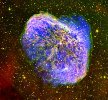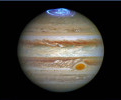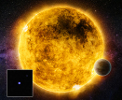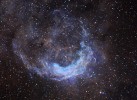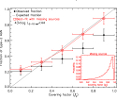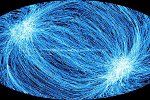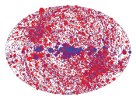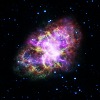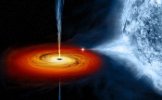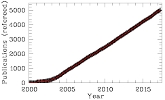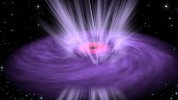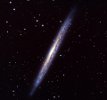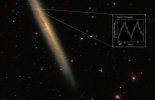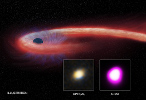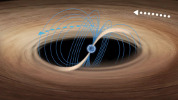News Archive 2017 - XMM-Newton
XMM-Newton News Archive - Year 2017
01-Jun-2017:
Professor Giovanni Bignami
It is with great regret that we have learned of the untimely death of Professor Giovanni Bignami. Nanni was a hugely influential figure in the field of high energy astronomy. He was the EPIC-PN Principal Investigator from 1988 to 1997. He also was very interested in outreach and popularisation of astronomy.
- Removed a total of (1) style text-align:center;








































 Sign in
Sign in
 Science & Technology
Science & Technology
